Guest Speaker: Where Retirement Living Meets Five-Star Dining
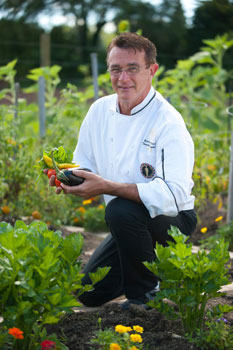
After years of working hard and plenty of time spent “doing life,” retirees have earned their break. Chefs at Beacon Hill at Eastgate in Grand Rapids, Mich., uniquely meld their talents with the culinary wonders of the region and the desires of residents.
By Timothy England, CEC, AAC
It been said time and again that life begins at retirement. For many this means a time for travel, investing in family, perhaps even taking up a new hobby, or reengaging in an old one. It may mean new experiences with your bride or a time to dance with your groom again. Perhaps it is a friendship that needs nurturing or a time for your soul to rejuvenate with regular exercise.
Retirement has long since passed the time of boring days at home with little or nothing to do; menial tasks that fill the time but do little to engage the mind. With all the possibilities for adventure and new discoveries, retirees these days are known to be setting out on a new life that takes them far beyond the routine of their long, hard working years and into a world of fresh starts and checking things off that lifelong “bucket list.”

 Look for noodles of all stripes to show up in hearty layered bowls on menus. We’ll also see mainstreaming of South American-style grilled meats and Latin-Asian fusion seafood dishes. And, African peri-peri chicken should take flight.
Look for noodles of all stripes to show up in hearty layered bowls on menus. We’ll also see mainstreaming of South American-style grilled meats and Latin-Asian fusion seafood dishes. And, African peri-peri chicken should take flight.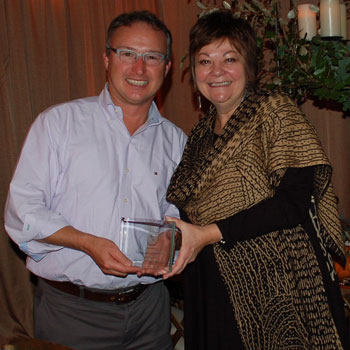 Passion for fresh, seasonal, straightforward ingredients and cooking; diversity and flexibility of service; and leveraging meal occasions to build community among students and staff are hallmarks of the dining program at Vanderbilt University in Nashville.
Passion for fresh, seasonal, straightforward ingredients and cooking; diversity and flexibility of service; and leveraging meal occasions to build community among students and staff are hallmarks of the dining program at Vanderbilt University in Nashville. Inaugural seven-month program concludes with ceremony and celebratory meal at San Antonio campus.
Inaugural seven-month program concludes with ceremony and celebratory meal at San Antonio campus.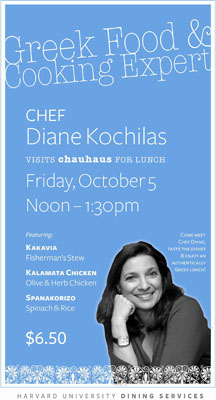 The country’s oldest collegiate foodservice operation partners with a noted authority to meet student demand for cuisine authenticity.
The country’s oldest collegiate foodservice operation partners with a noted authority to meet student demand for cuisine authenticity.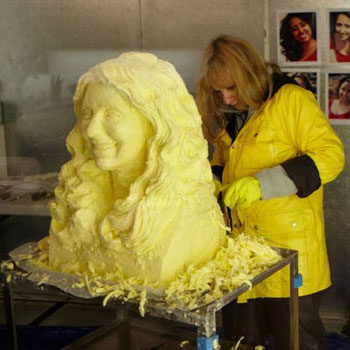 Saying that five times fast led to a college student’s likeness in Darigold butter.
Saying that five times fast led to a college student’s likeness in Darigold butter. An interview with father and son Michel and Sébastien Bras of France.
An interview with father and son Michel and Sébastien Bras of France. We need to remind our students that communication is an art that recognizes the dignity and importance of the receiver. In fact, have them consider taking the E-Mail Pledge.
We need to remind our students that communication is an art that recognizes the dignity and importance of the receiver. In fact, have them consider taking the E-Mail Pledge. A must list that students should review frequently so they might keep their jobs in commercial kitchens.
A must list that students should review frequently so they might keep their jobs in commercial kitchens.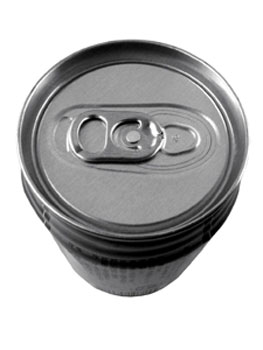 The Great American Can Roundup Industry Challenge raises more than $183,000 for charity.
The Great American Can Roundup Industry Challenge raises more than $183,000 for charity.